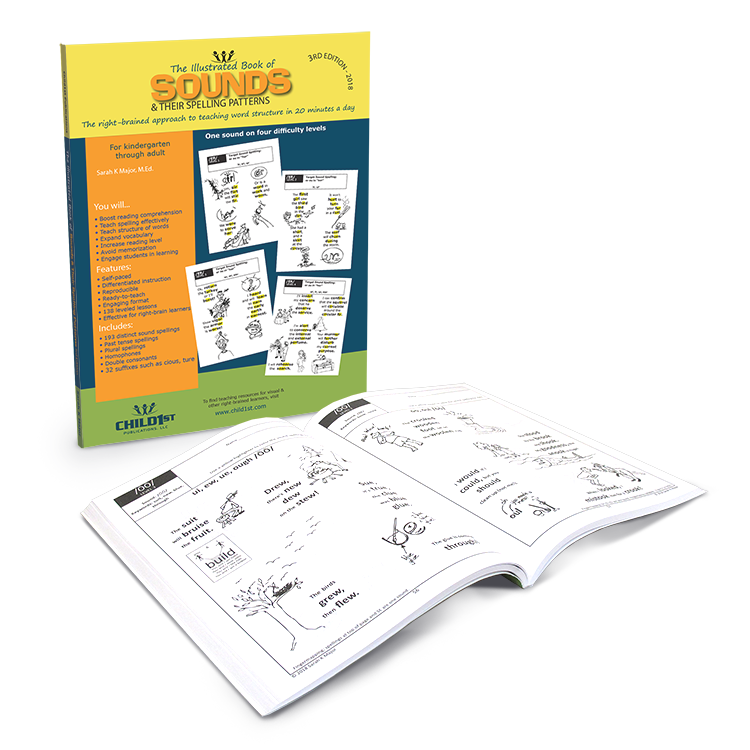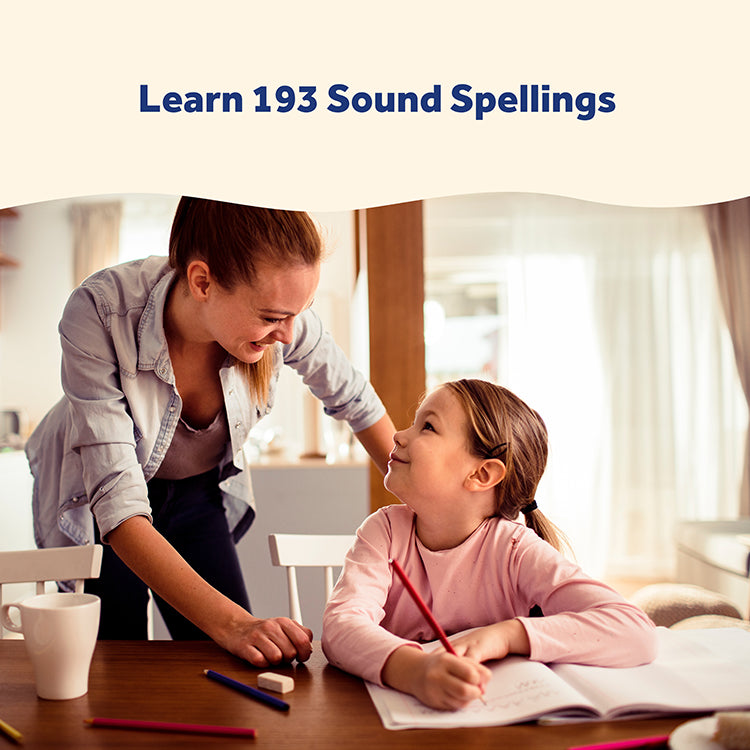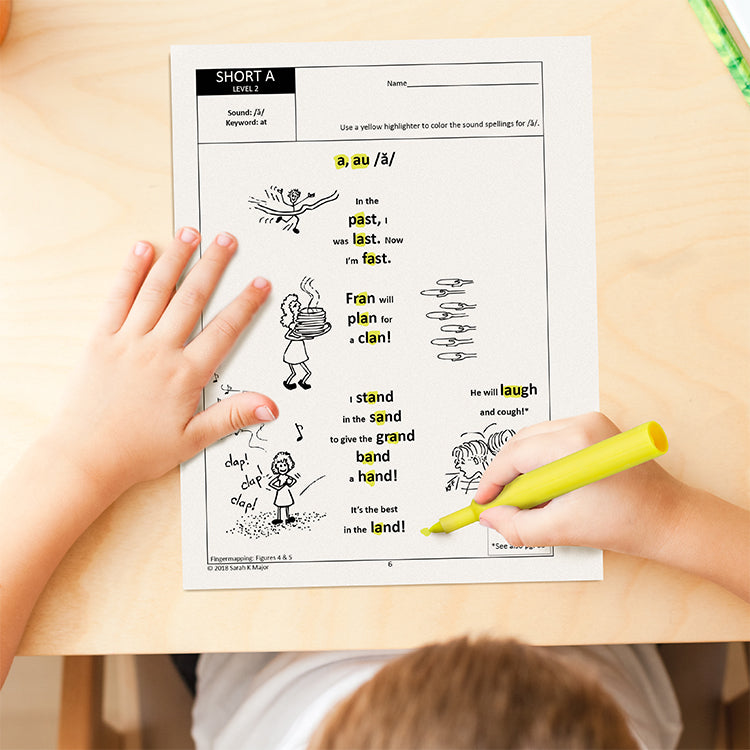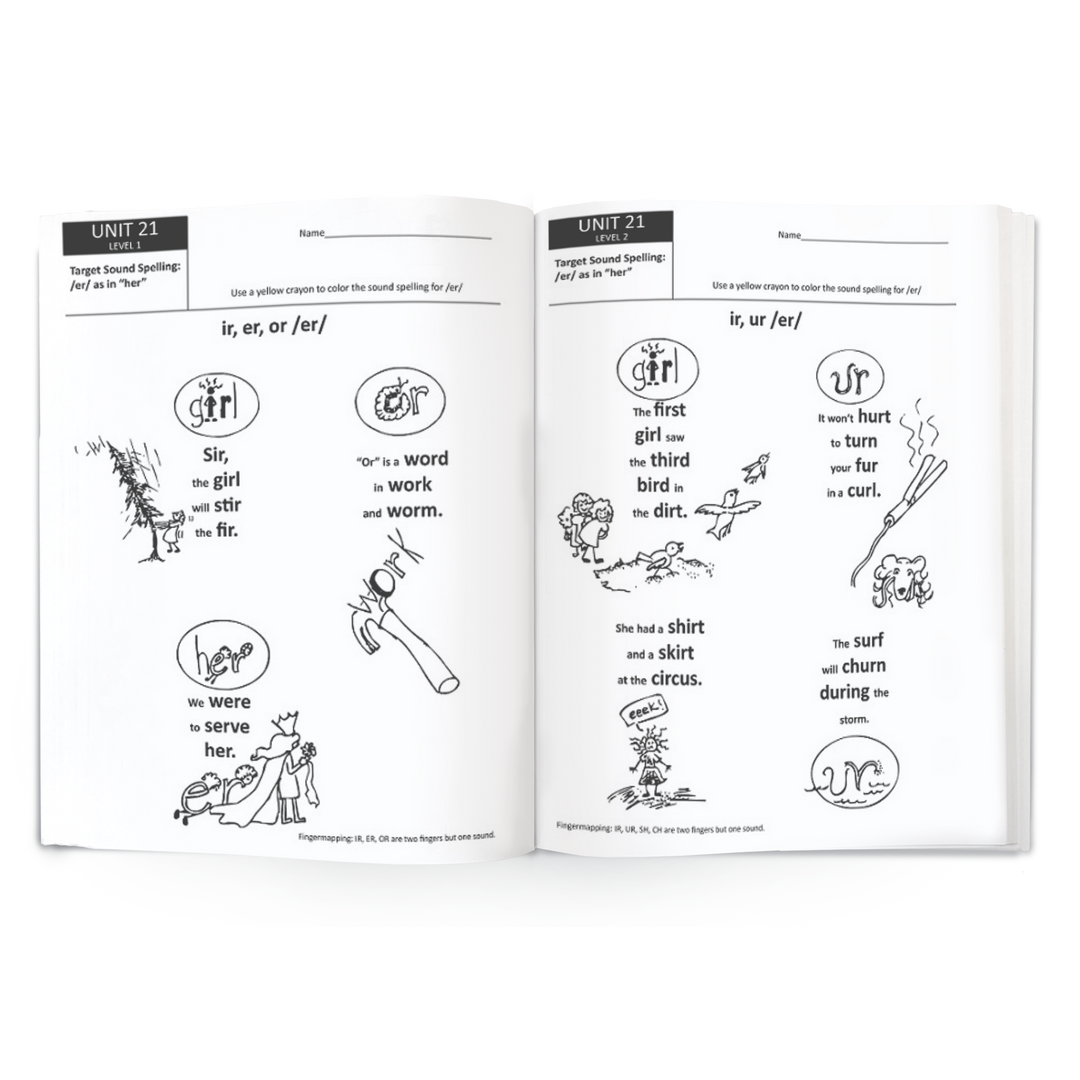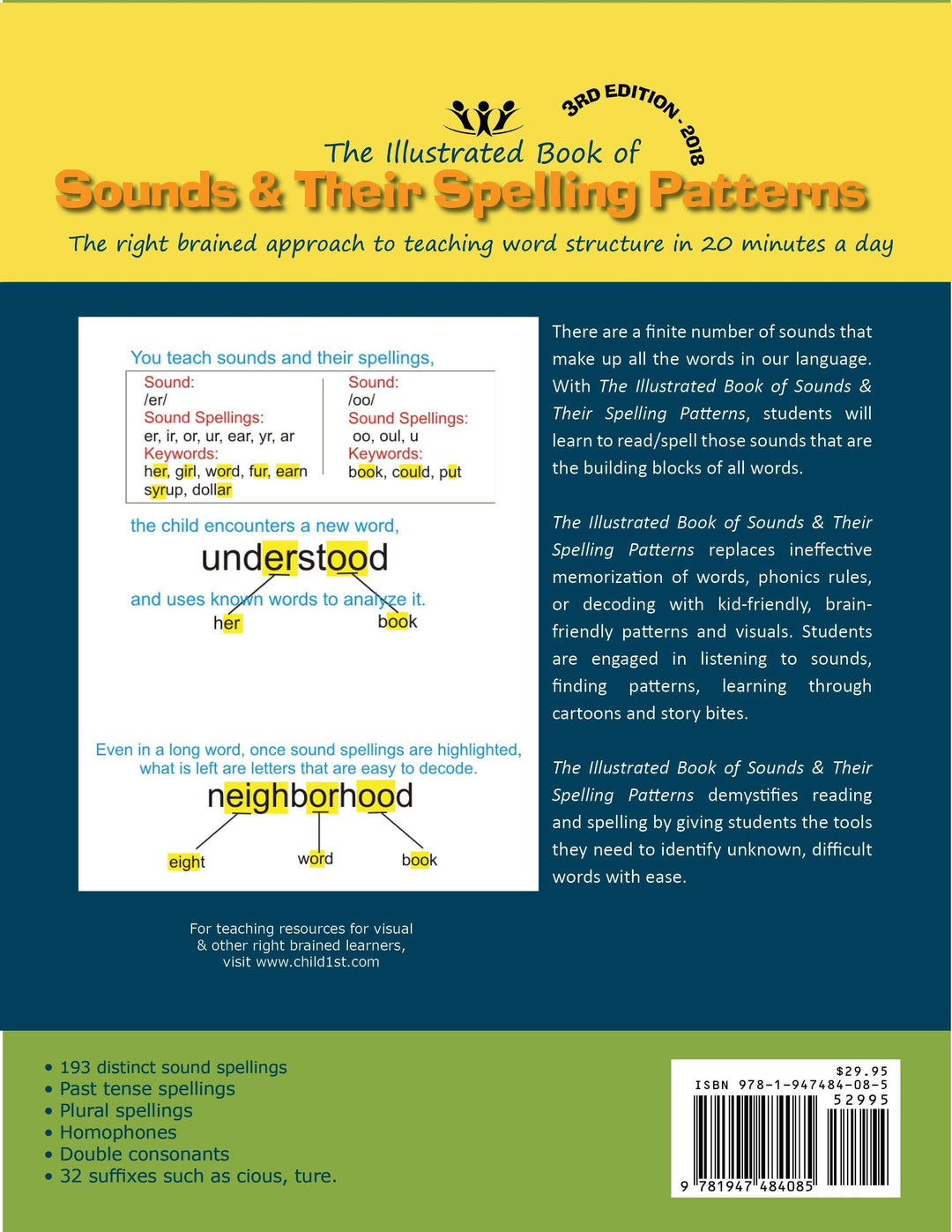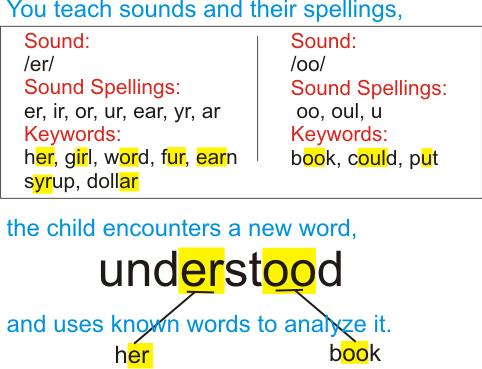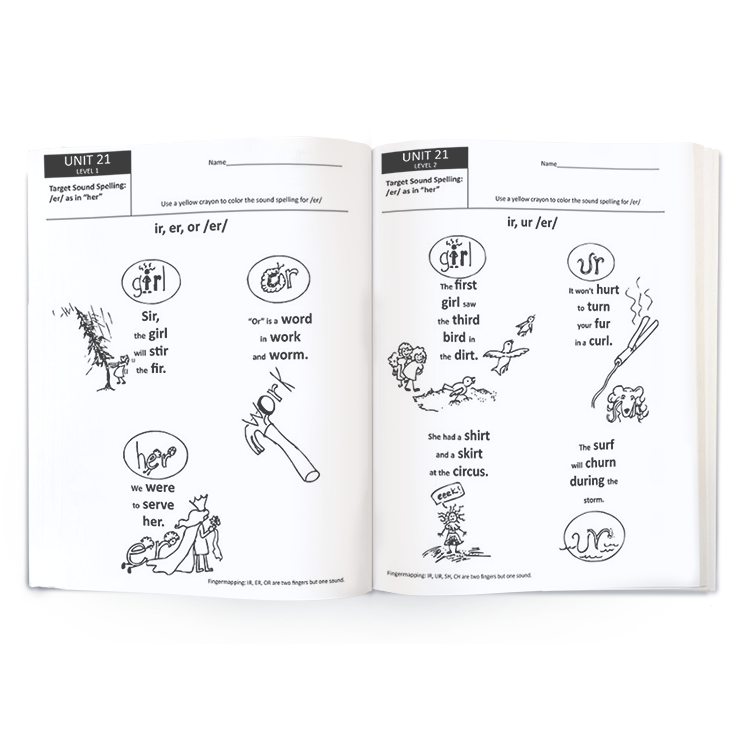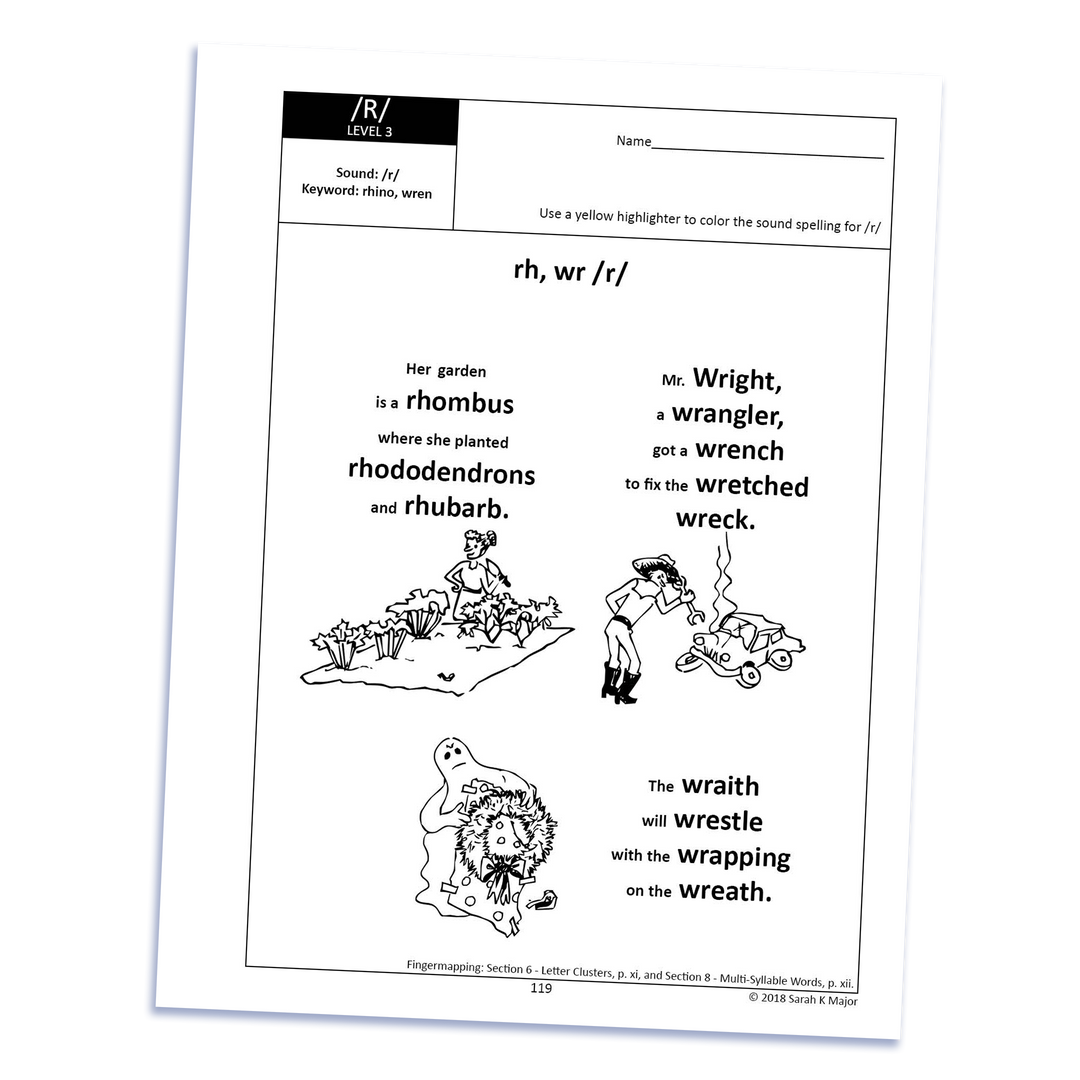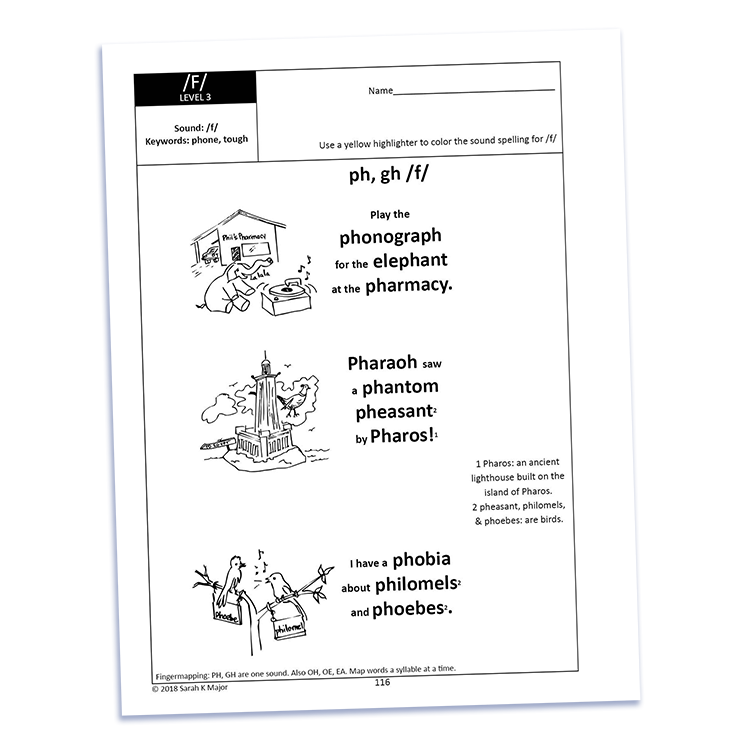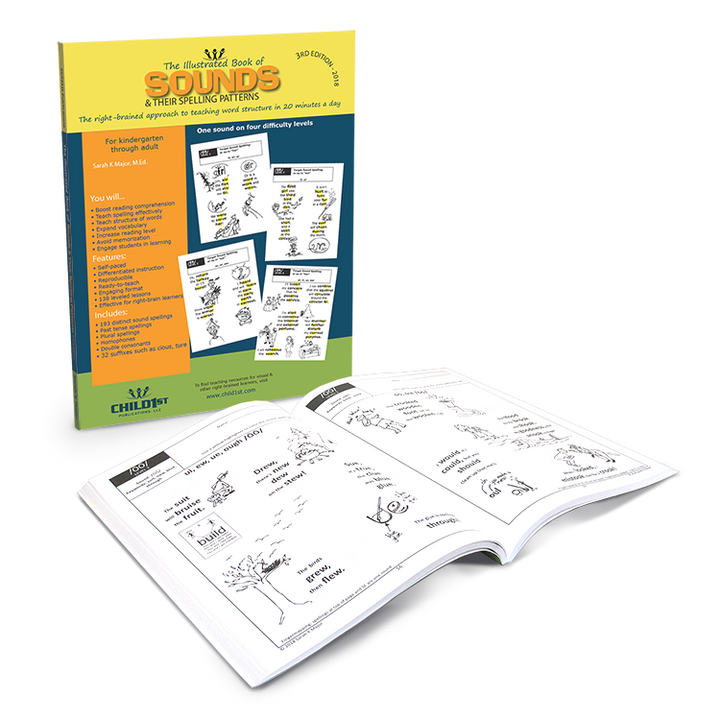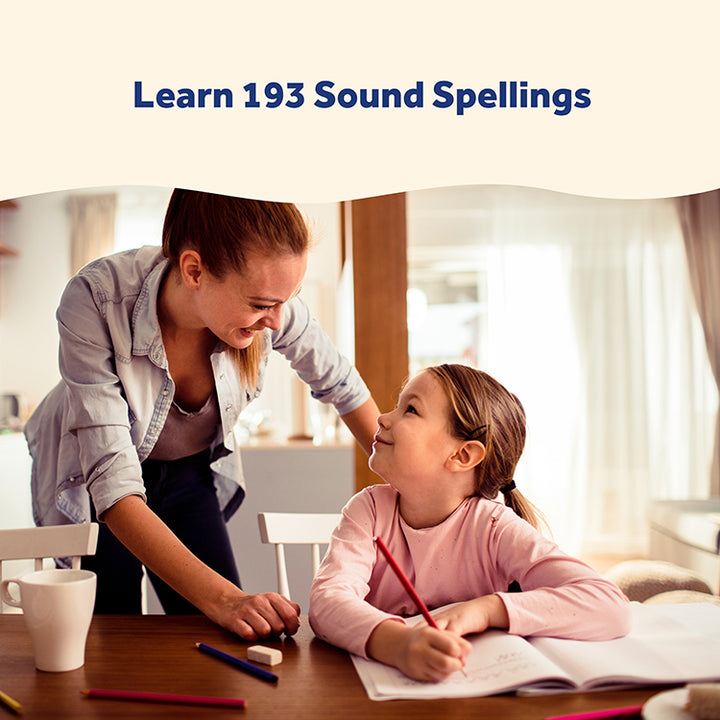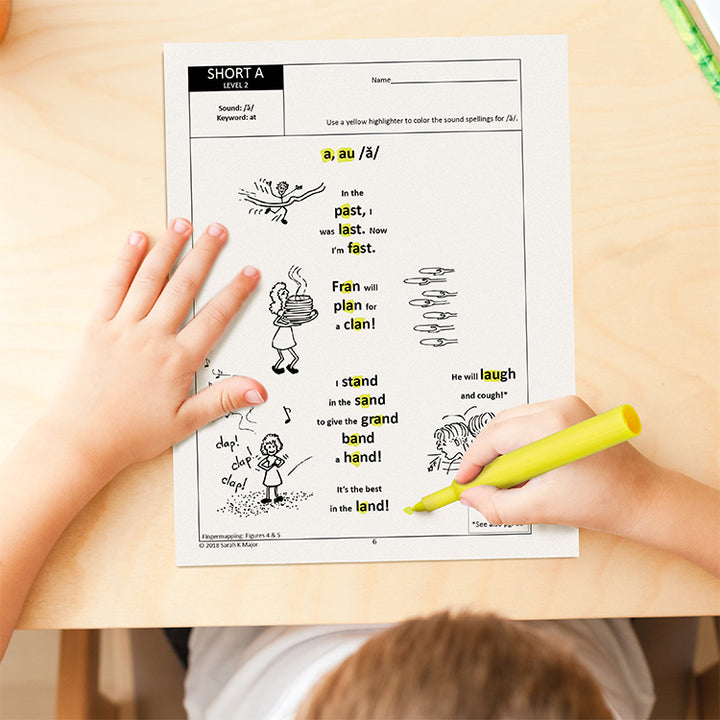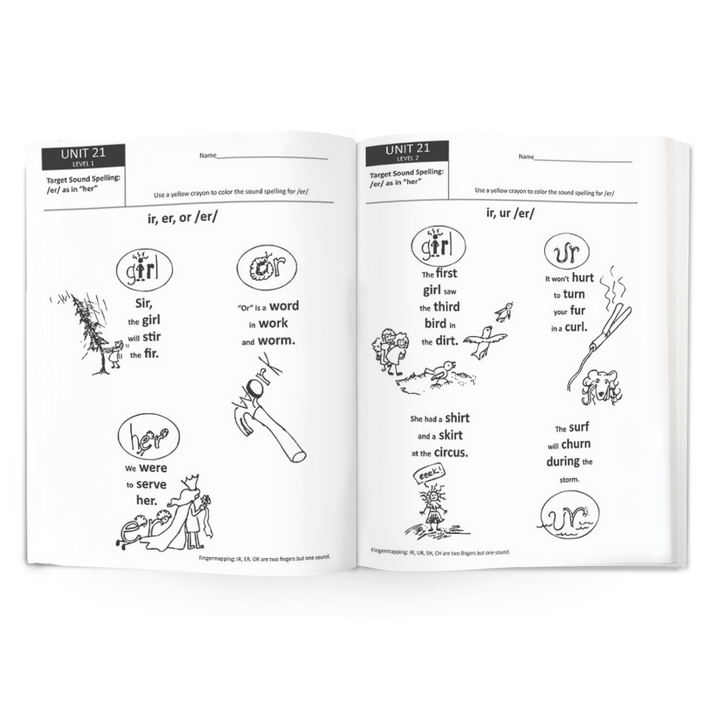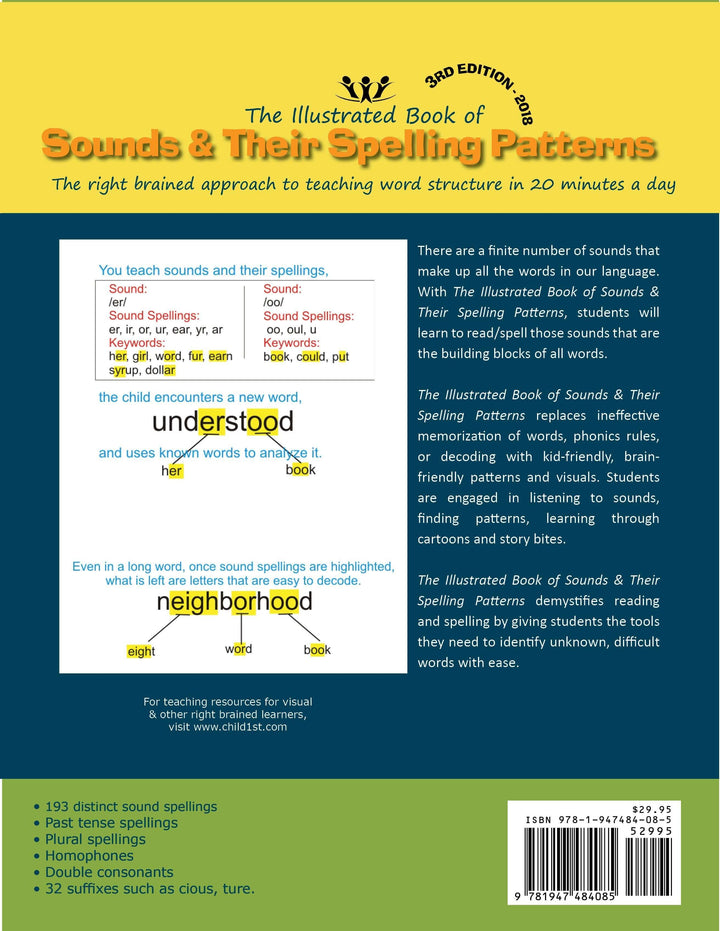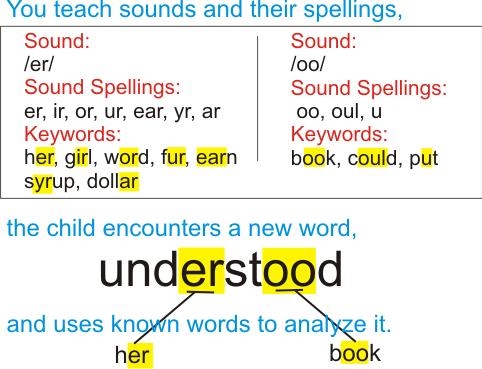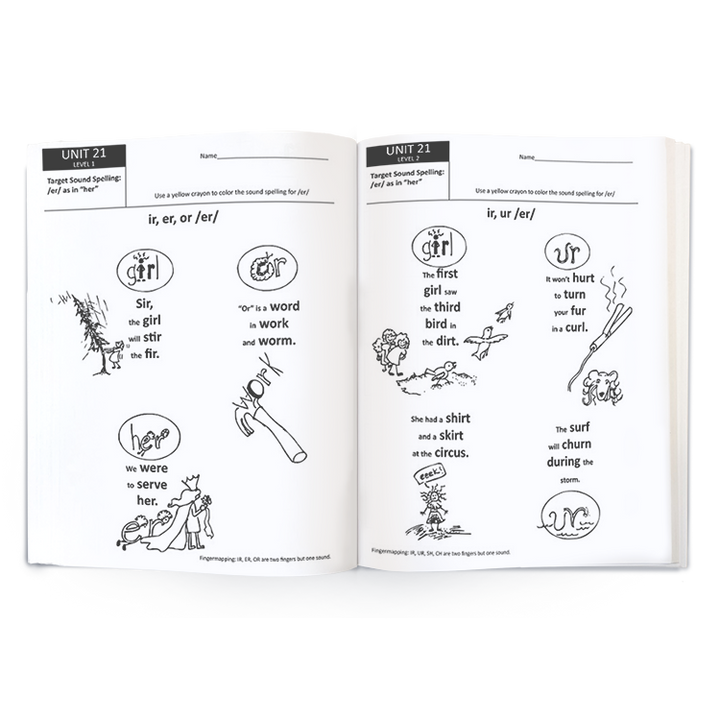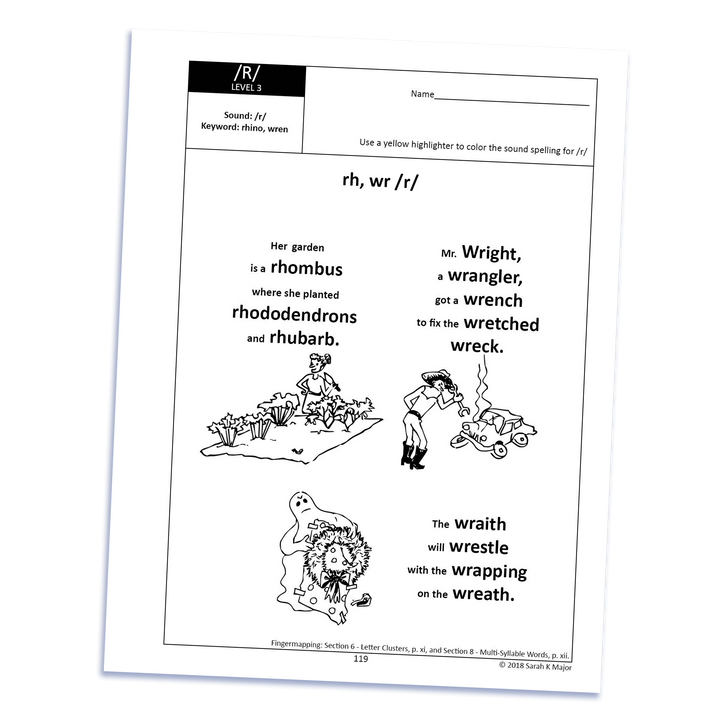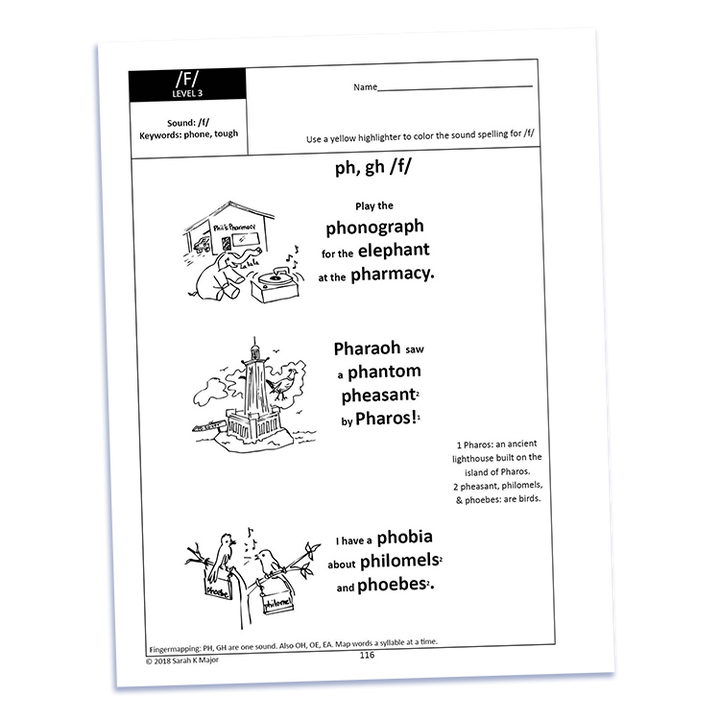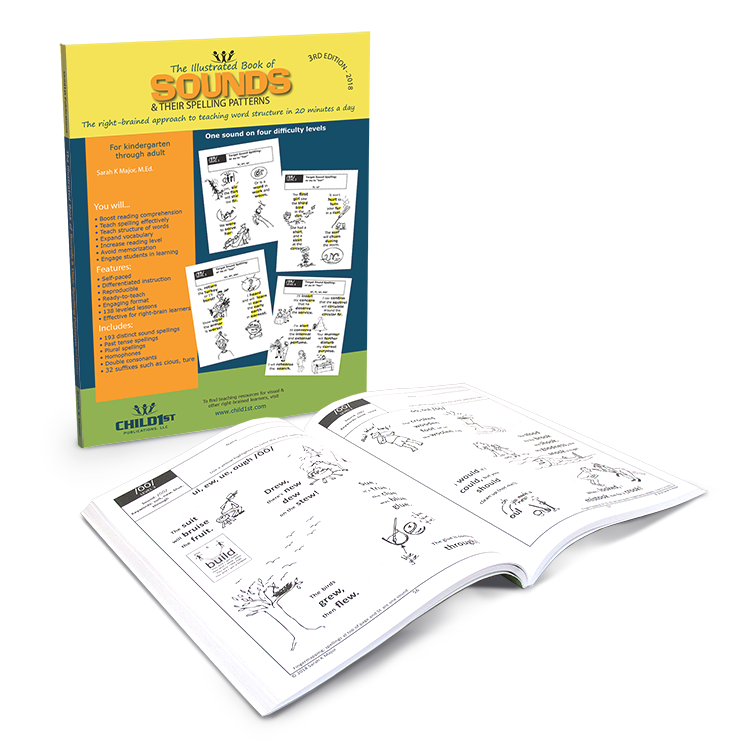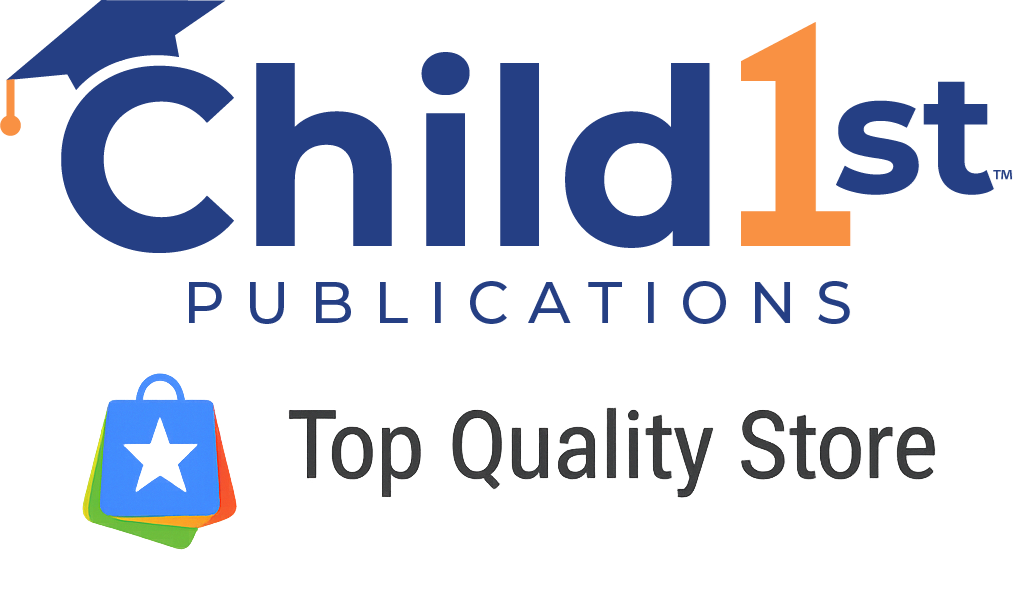Unlock the world of reading with The Illustrated Book of Sounds & Their Spelling Patterns! This dynamic guide takes you on a journey through vowels and consonants, unraveling their myriad spellings. Organized for focused learning, students easily identify specific sounds, understand their placements in words, and master their spellings. This book equips learners to decode larger and more challenging words, replacing tedious memorization with engaging brain-friendly patterns and visuals. Say goodbye to the struggle of decoding and hello to a fun, effective approach that demystifies reading, empowering students to decode unknown words with ease!
How it works:
Incorporating The Illustrated Book of Sounds & Their Spelling Patterns into your curriculum is a breeze, taking just 15 minutes a day to seamlessly replace your spelling lesson. Designed to be teacher-friendly, once you grasp the approach, your preparation is complete! Just present each lesson, dedicate 10-15 minutes to review for the next three days, and conduct an assessment on the 5th day. Repeat this cycle as you progress through the book, making it a simple and efficient addition to your teaching routine.
*Single letter sounds and W, V, P, B, and D are not included, as Right-Brained Phonics & Spelling focuses on blends of two or more letters. For single letter sounds, please see our Alphabet Collection.
What’s Included
· The Illustrated Book of Sounds & Their Spelling Patterns covers phonics concepts such as:
Short Vowels, Long Vowels, Diphthongs, Short & Long OO, R-Controlled Spellings, Digraphs, /ZH/, /NG/, /NGK/, /F/, /G/, /H/, /J/, /K/, /L/, /M/, /N/, /KW/, /R/, /S/, /T/, & /Z/



